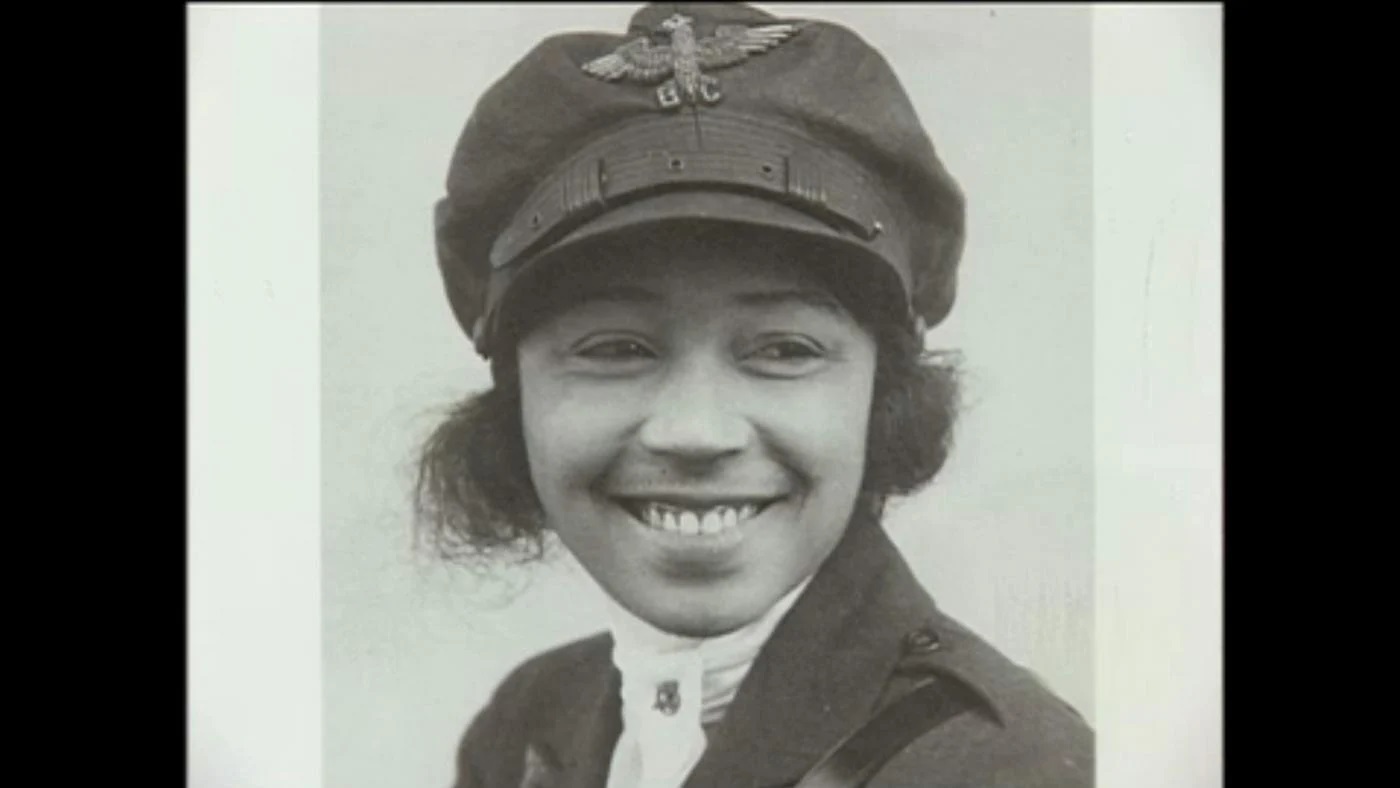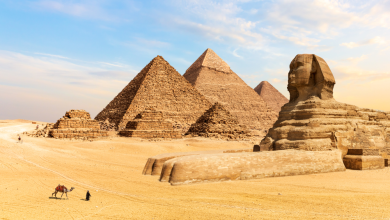Unveiling Hidden Gems: Lesser-Known Black History Facts

Black history is a rich tapestry woven with countless threads of courage, innovation, and resilience. While many are familiar with prominent figures and events, there exists a treasure trove of lesser-known stories that equally shape the fabric of history. Delving into these hidden gems is crucial; it not only honors the individuals who have made significant but often unrecognized contributions but also provides a fuller, more nuanced understanding of the historical landscape. By exploring these untold tales, we gain a broader perspective, celebrating the diversity and depth of Black heritage and its enduring impact on our world today.
1. Unsung Heroes
In the tapestry of Black history, the stories of unsung heroes like Claudette Colvin and Bessie Coleman shine brightly, revealing the remarkable courage and tenacity often overlooked. Claudette Colvin, a brave teenager, took a stand against segregation by refusing to give up her seat on a bus in Montgomery, Alabama, months before Rosa Parks made her historic protest. Despite her youth, Colvin’s actions were a pivotal moment that challenged the status quo and set the stage for the Montgomery Bus Boycott.
Equally inspiring is the story of Bessie Coleman, who broke barriers by becoming the first African-American woman to earn a pilot’s license. Facing both racial and gender discrimination, Coleman persisted and traveled to France to obtain her license when no American flight school would accept her. Her achievements not only showcased her indomitable spirit but also paved the way for future generations of aviators. These insider stories highlight the extraordinary contributions of individuals whose legacies continue to inspire and empower.
2. Groundbreaking Contributions
When exploring groundbreaking contributions in Black history, the influence of Black inventors and cultural enrichment emerges as a powerful testament to creativity and resilience. Pioneers like Garrett Morgan and Dr. Patricia Bath have left indelible marks through their innovative minds. Garrett Morgan, for instance, revolutionized safety on the roads with his invention of the three-position traffic signal, significantly reducing accidents and saving lives.
Dr. Patricia Bath, a trailblazing ophthalmologist, invented the Laserphaco Probe, transforming cataract surgery and restoring vision for countless individuals. Beyond the realm of inventions, the unrecognized impact of Black musicians, artists, and writers enriches our cultural landscape profoundly. Take, for example, the Harlem Renaissance, which was a flourishing period of artistic achievement.
Musicians like Duke Ellington and writers like Zora Neale Hurston infused their work with rich cultural narratives that echoed the Black experience. These figures, often relegated to the background of mainstream history, contributed immensely to the arts and sciences, weaving a richer, more inclusive tapestry of human achievement.
3. Revolutionary Movements
Revolutionary movements have served as cornerstones in the journey toward equality and social justice, with the Harlem Renaissance and the Civil Rights Movement standing out as particularly transformative periods. The Harlem Renaissance was not only a flourishing era for famous names like Langston Hughes and Duke Ellington but also a rich tapestry of lesser-known contributors who profoundly influenced culture and thought.
Figures such as Aaron Douglas, whose striking visual art captured the essence of Black American life, and Zora Neale Hurston, whose literary works preserved African American folklore and dialect, played pivotal roles in shaping the movement.
On the other hand, the Civil Rights Movement was teeming with unsung heroes whose contributions were crucial for its successes. Activists like Ella Baker, who championed grassroots organizing and mentored countless young leaders, and Bayard Rustin, a key architect of the March on Washington, were instrumental yet often overshadowed.
Case studies of pivotal moments, including the Greensboro sit-ins and the Freedom Rides, reveal the depth of courage and strategy employed by these lesser-known but immensely significant figures. This exploration of revolutionary movements underscores the importance of recognizing the collective efforts that have driven monumental societal change.
4. Educational Institutions and Communities
Educational institutions and thriving communities have played critical roles in nurturing Black excellence and fostering economic empowerment. Historically Black Colleges and Universities (HBCUs) have served as foundational pillars for education, leadership, and cultural development within the Black community.
Established during a time when access to higher education was severely limited for African-Americans, HBCUs have not only provided quality education but have also been at the forefront of social change, nurturing generations of leaders, scholars, and activists who have made significant contributions to various fields.
Meanwhile, Black Wall Street in Tulsa, Oklahoma exemplifies the economic prowess and community solidarity before its devastation in the 1921 massacre. This self-sufficient, prosperous community included businesses, schools, and hospitals, symbolizing Black economic independence and resilience.
The historical significance of Black Wall Street and its long-lasting impact continue to resonate, underscoring the importance of preserving such legacies and continuing the pursuit of economic empowerment and social justice within Black communities.
Conclusion
In conclusion, uncovering and celebrating these lesser-known facts about Black history is crucial in creating a fuller, more inclusive understanding of our collective past. By recognizing the significant contributions of unsung heroes like Claudette Colvin and Bessie Coleman, acknowledging the groundbreaking innovations from minds such as Garrett Morgan and Dr. Patricia Bath, and appreciating the monumental impact of revolutionary movements and educational institutions, we honor a rich legacy of resilience, creativity, and courage.
To deepen your exploration of Black history, consider diving into resources like “The New Jim Crow” by Michelle Alexander, “The Warmth of Other Suns” by Isabel Wilkerson, and “Hidden Figures” by Margot Lee Shetterly. Additionally, visiting the websites of institutions like the National Museum of African American History and Culture and the Schomburg Center for Research in Black Culture can provide extensive information and inspiration. By continuing to learn and share these hidden gems, we contribute to a more just and equitable society, where the achievements and stories of Black individuals are rightly acknowledged and celebrated.
Additional Resources
For readers inspired to delve deeper into the rich and often overlooked facets of Black history, we’ve compiled a comprehensive list of resources, including books, documentaries, and websites. These resources will equip you with detailed knowledge and unique perspectives to enrich your understanding and appreciation of Black historical contributions.
Recommended Books
- “The New Jim Crow” by Michelle Alexander: A powerful examination of racial injustice in America’s legal system.
- “The Warmth of Other Suns” by Isabel Wilkerson: A beautifully narrated chronicle of the Great Migration and its profound impact on American society.
- “Hidden Figures” by Margot Lee Shetterly: The remarkable true story of the Black female mathematicians at NASA who played crucial roles during the Space Race.
- “Stony the Road” by Henry Louis Gates Jr.: An insightful exploration of Reconstruction, White supremacy, and the birth of Jim Crow laws.
- “Barracoon: The Story of the Last “Black Cargo” by Zora Neale Hurston: A compelling account of Cudjo Lewis, the last known survivor of the Atlantic slave trade.
Must-Watch Documentaries
- “13th” directed by Ava DuVernay: An in-depth look at the intersection of race, justice, and mass incarceration in the United States.
- “I Am Not Your Negro” based on James Baldwin’s unfinished manuscript: A profound reflection on the history of racism in America through the eyes of Baldwin.
- “Eyes on the Prize” produced by Henry Hampton: A landmark civil rights documentary series covering pivotal moments from the 1950s to the 1980s.
- “The African Americans: Many Rivers to Cross” hosted by Henry Louis Gates Jr.: A comprehensive overview of African American history spanning centuries.
- “The Black Power Mixtape 1967-1975” directed by Göran Olsson: A compilation of archival footage exploring the evolution of the Black Power movement.
Informative Websites
- National Museum of African American History and Culture: nmaahc.si.edu
- Schomburg Center for Research in Black Culture: nypl.org/locations/schomburg
- BlackPast.org: blackpast.org
- The Root: theroot.com
- Africana Studies – The Penn State University: africana.psu.edu Contact Information for Relevant Organizations and HistoriansIf you seek personal guidance or wish to engage with experts, consider reaching out to the following organizations and historians:
- National Museum of African American History and CulturePhone: (202) 633-1000Email: info@nmaahc.si.edu
- Schomburg Center for Research in Black Culture
- Phone: (212) 491-2200Email: schomburg@nypl.org
- Association for the Study of African American Life and History (ASALH)
- Phone: (202) 238-5910Email: info@asalh.org
- Dr. Henry Louis Gates Jr.
- Institution: Harvard UniversityEmail: gatesoffice@harvard.edu
- Dr. Ibram X. Kendi
- Institution: Boston University Center for Antiracist ResearchEmail: centerforantiracistresearch@bu.edu
- Africana Studies – The Penn State University: africana.psu.edu Contact Information for Relevant Organizations and HistoriansIf you seek personal guidance or wish to engage with experts, consider reaching out to the following organizations and historians:
- The Root: theroot.com
- BlackPast.org: blackpast.org
- Schomburg Center for Research in Black Culture: nypl.org/locations/schomburg



